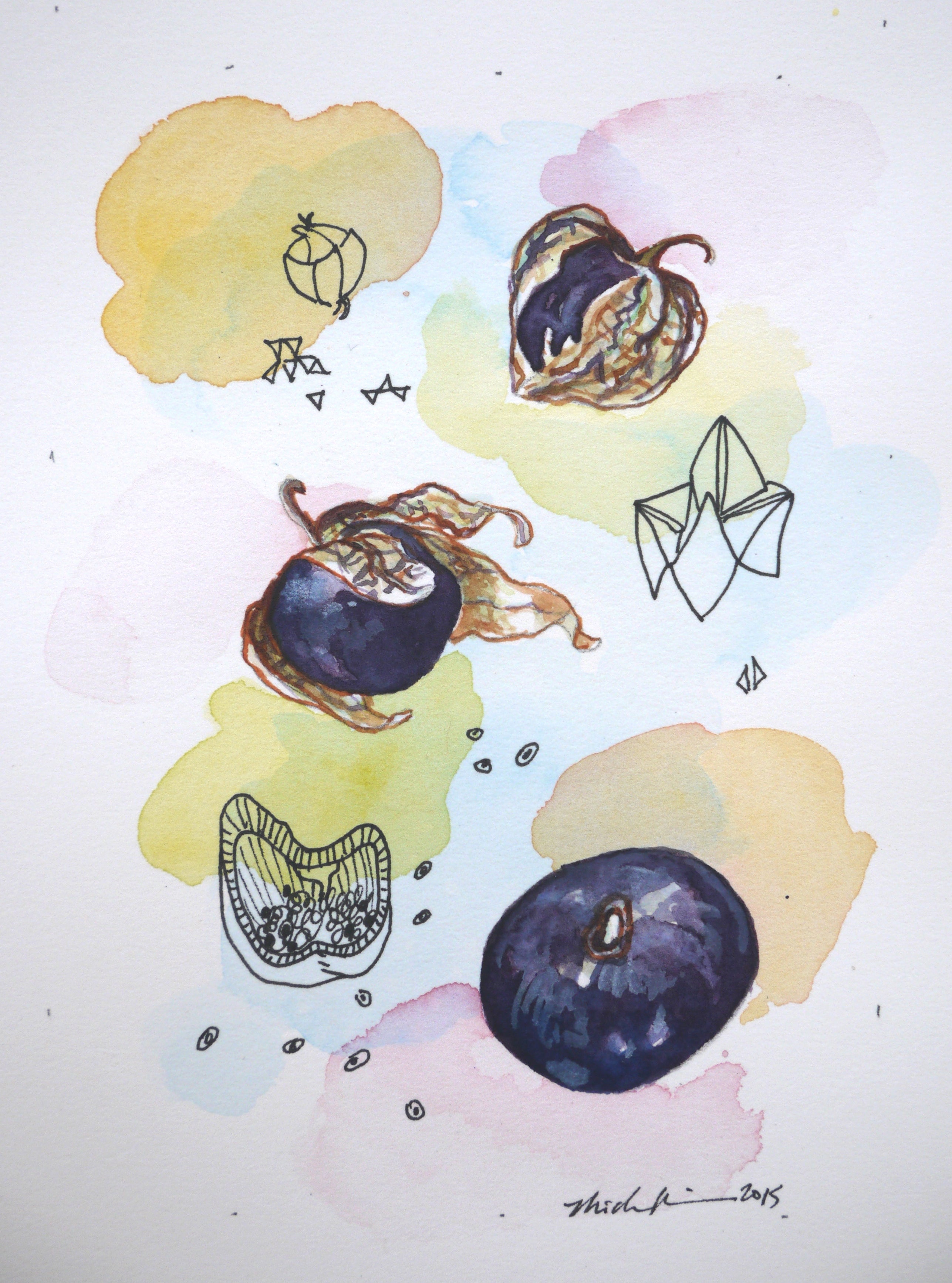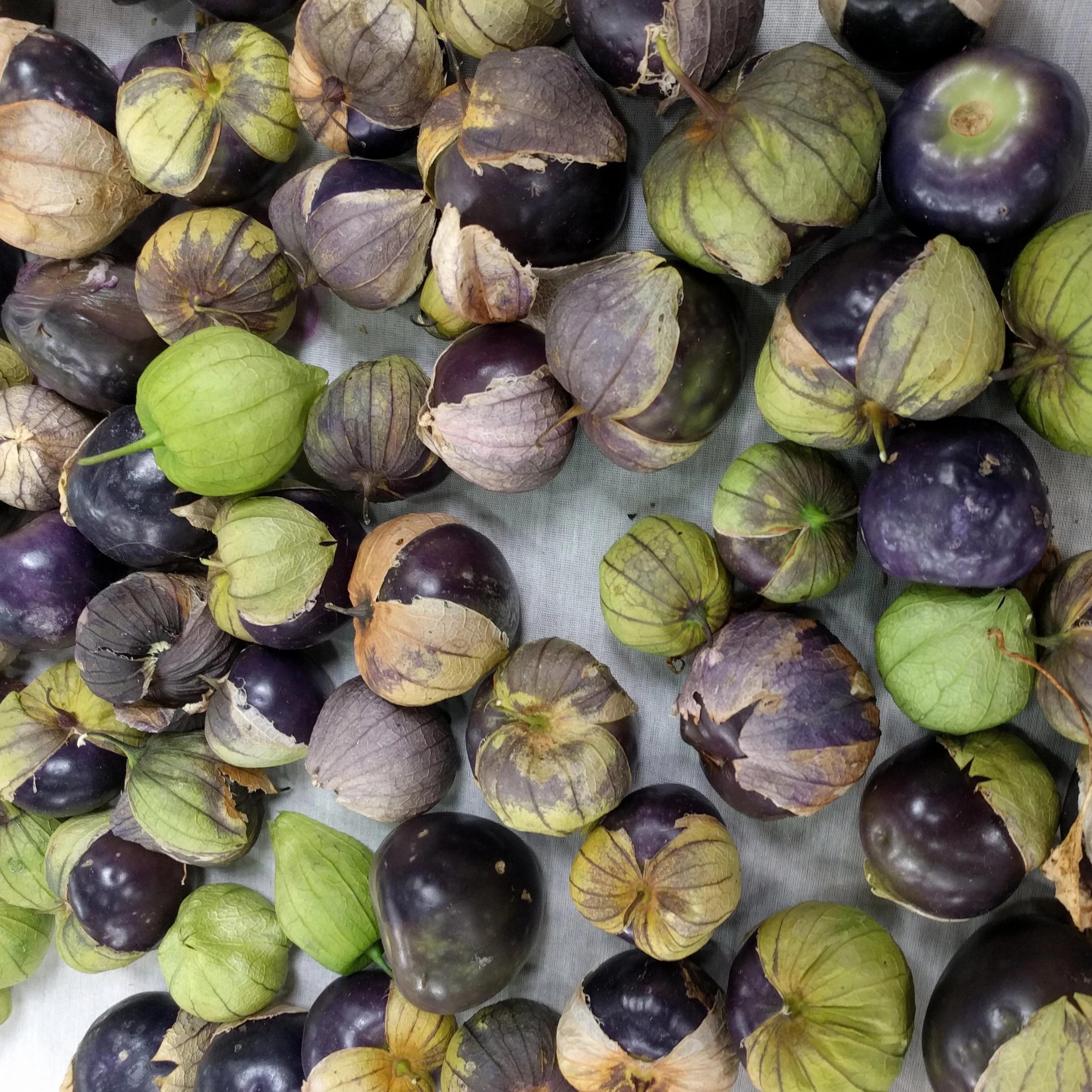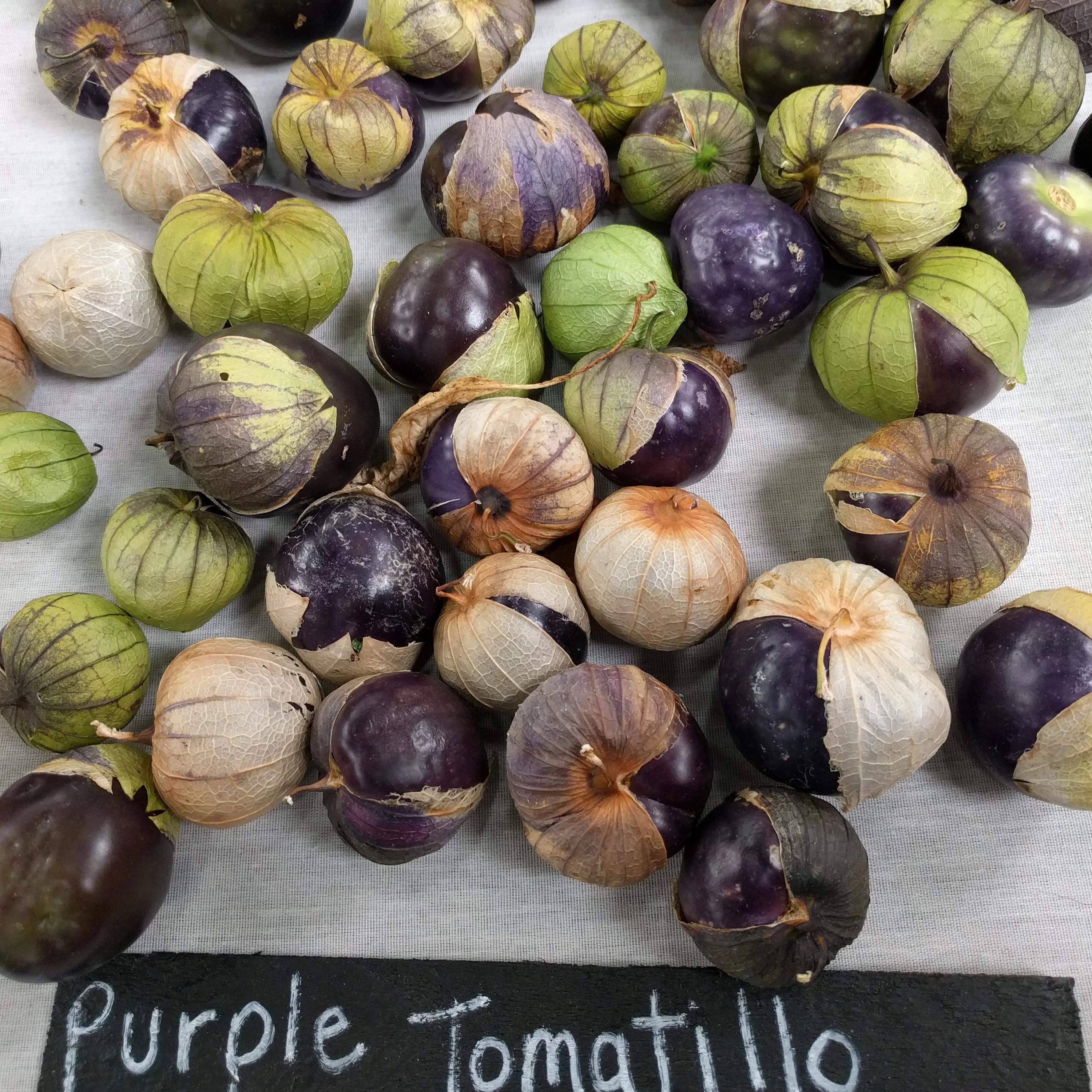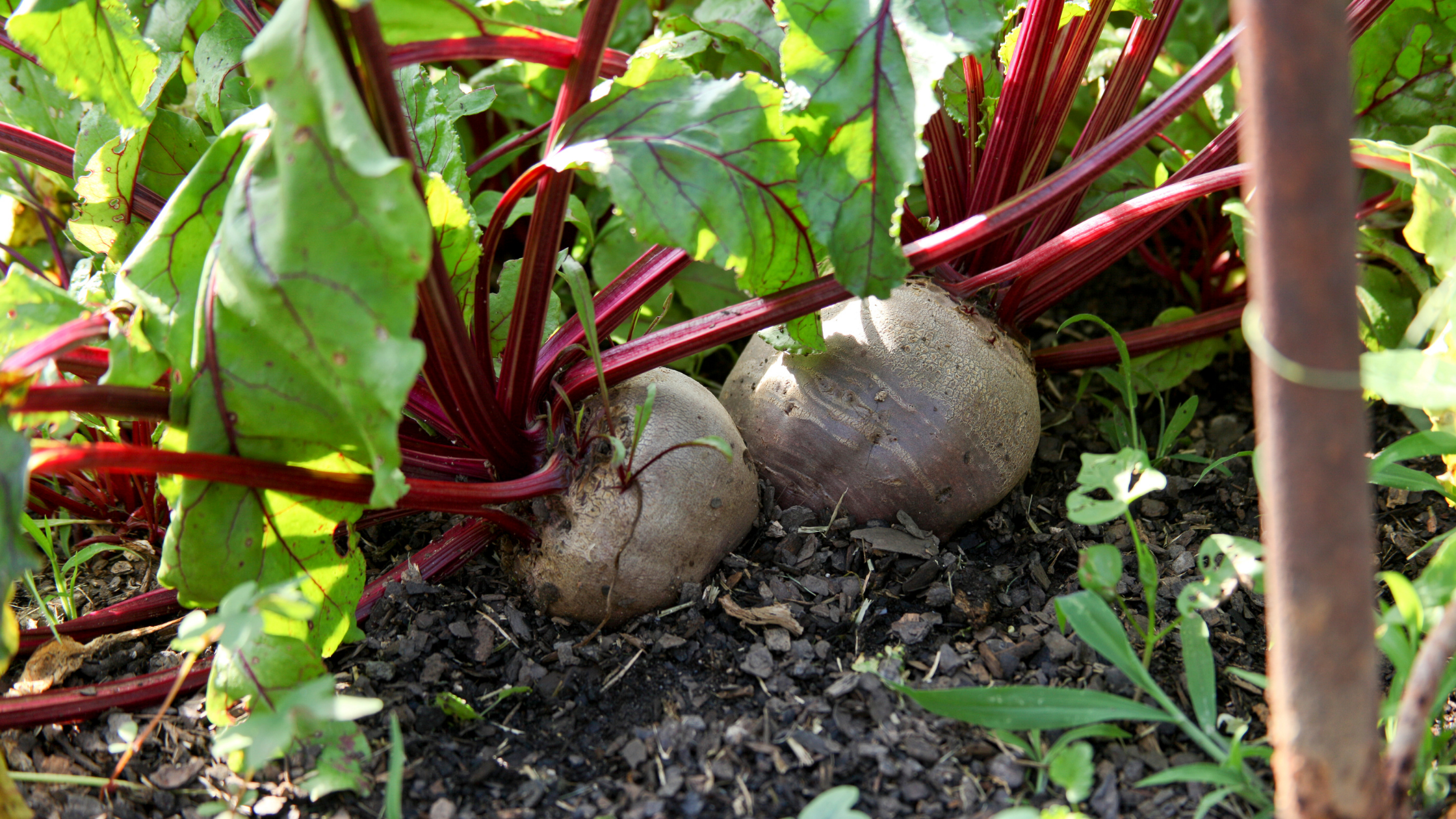Sow True Seed: Our Generative AI Policy
Sow True Seed will never use generative AI in any art, copywriting, blog posts, or advertisements of any kind. Our human-first business will continue to be just that - human...
Fresh new look, same great seeds - read all about our brand refresh on our blog!
Free Shipping on All Orders Over $50




HEIRLOOM. Striking purple tomatillo tastes sweeter than its green sibling. Harvest when tomatillo is bright purple and breaks through paper husk. Bushy plants produce abundant fruit slightly larger than a cherry.
Minimum Seeds per Packet: 60
Packet Weight: 0.2g
Planting Season: After Last Frost
Sowing Method: Transplant
Seed Depth: 1/8"
Direct Seed Spacing: N/A
Soil Temperature: 60-85 ℉
Days to Sprout: 10-21
Mature Spacing: 24-36"
Sun Requirement: Full Sun
Frost Tolerance: Frost Sensitive
Days to Harvest: 70 from Transplant
Start tomatillo plants from seed indoors six to eight weeks before your last frost. Starting seeds indoors is recommended in most growing zones as our seasons can be long enough for tomatilloes, but you’ll get a much larger harvest if you give them a head start.
Sow seeds two to three seeds ¼” deep in seed starting containers. Cover with soil and pat down lightly to ensure adequate seed to soil contact. Keep seedlings well-watered until germination and throughout their growth. We recommend watering twice a day but ensuring the soil is not sopping wet. Tomatillo seedlings need to be kept warm in order to germinate. To ensure soil temperatures between 70 and 80°F, keep your seedling trays or containers on a heat mat.
Seedlings being grown indoors will need to be kept under high quality grow lights in order to mature. In most areas, the spring sunlight is rarely enough light to grow healthy seedlings, even in the sunniest of south-facing windows. Keep lights four to six inches above seedlings to avoid burning the plants and continue to raise the light as the plants grow.
Keeping seedlings under a humidity dome can help keep soils moist enough to germinate your seeds. When they begin to germinate, remove the humidity dome. Check that your seedlings stay moist for the first couple weeks after sprouting. They have not developed many roots yet and will dry out quickly without your help. Water from the top down in the beginning, and then you can switch to soaking the seed flats in water, so the roots are watered from the bottom up, which helps develop strong roots. Be sure to check your seedlings everyday for adequate water, temperatures, airflow, and to avoid any potential pest or disease infestations.
When your plants are about six inches tall and all danger of frost has passed in your area, you are ready to start hardening off your plants. Hardening off is the process of acclimating your plants to outdoor weather conditions and temperatures. Inside your home or greenhouse, your seedlings have been coddled. Outside in the garden, things are a little different. Hardening them off will allow them to adjust rather than experience shock once planted outdoors. About a week before you plan to transfer your plants to the garden, you’ll begin leaving your plants outside in partially shaded areas starting for an hour or two. You’ll slowly introduce them to full sun and longer hours outdoors over the course of a week or two.
Prepare your garden space. You’ll want to use well-draining soil with a good amount of organic matter mixed in. Leaf mulch or well decomposed compost will help to boost nutrient presence and soil quality. Dig a hole about twice as deep as the height of your plants. Place a scoop of organic matter such as compost or worm castings into the bottom of the hole. This will give your plant an extra nutritional boost. Carefully remove the plants from their containers, taking care not to disturb the roots. Plant your tomatilloes deep enough so that they can develop strong root systems but not so deep that the true leaves are covered with soil. Refill the planting hole with soil and pat the planted area lightly.
Mulching around your plants will help conserve moisture, keep soil from splashing up and spreading disease, and prevent weeds from growing. We love using straw for mulching as it can help with water retention too! It is essential to plant your tomatilloes at their mature planting distance of 24 to 36 inches. They are big sprawlers. This helps prevent the spread of disease and pest between plants, and make harvesting easier. Tomatillos also do well in containers but they will need to be watered more consistently, since containers dry out more quickly.
Tomatillos will produce fruit non-stop until the frost kills the plant. Often, the fruit will fall off the plant before they are ripe. You can pick up the fallen fruit and let them continue to ripen inside their husk. The husk will take on a straw-colored, papery look when they are ready, and the fruits themselves will be yellow to orange in color, depending on which variety you’re growing. To eat them, peel off the husk. If you aren’t going to eat the fruit right away, it’s best to leave the husk on and store them at room temperature on your kitchen counter.
Tomatillo, Physalis spp.
Pollination, insect; Life Cycle, annual; Isolation Distance, 800 feet
Tomatillos have perfect flowers, but are self-incompatible and require cross-pollination by insects in order to set seed. At least 4 plants should be planted to ensure viable seeds. Tomatillo seeds can be hard to harvest due to their dense flesh. Our favorite method is to put the fruits in a blender with equal parts water and pulsing on low until the fruit is mashed. Allowing the seeds to then settle will have the seeds sinking to the bottom and the wet chaff floating to the top, which can then be poured off and the seeds spread out to dry. Fermentation is not necessary.
Sow True Seed will never use generative AI in any art, copywriting, blog posts, or advertisements of any kind. Our human-first business will continue to be just that - human...
Brussels Sprouts can be grown in all areas of the United States. Their long time to maturity and sensitivity to nutrient imbalances have given them a reputation for being difficult....
Sometimes with beets it seems that people love them or… don’t love them. But we are of the belief that if you think you don’t love beets - you just...



